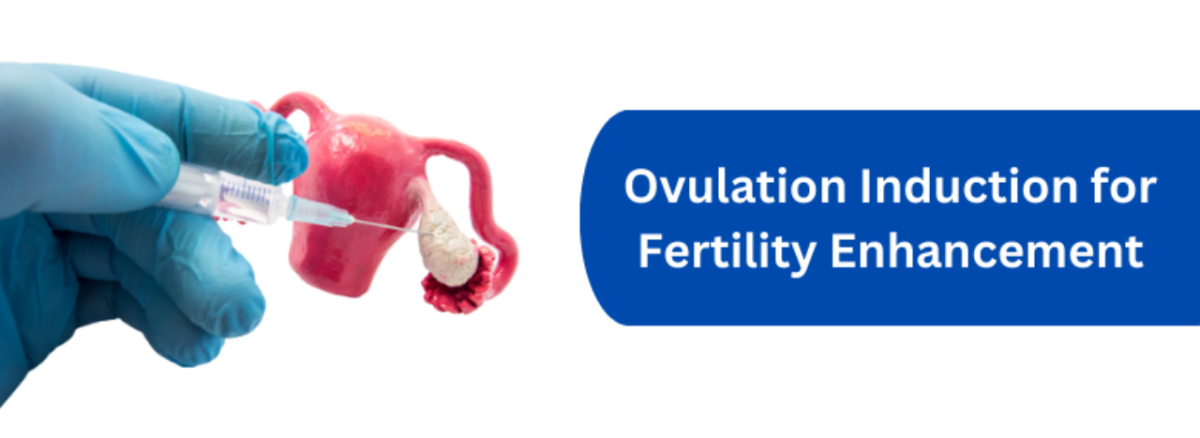When your healthcare provider has ascertained that you have good eggs,
your fallopian tubes are patent and your spouse’s semen contains good sperm cells he may counsel you to have a procedure called ovulation
induction and timed intercourse.
Ovulation induction is relatively cheap, and not time-consuming as you do not
have to make frequent visits to the clinic, not invasive and it’s the first
treatment for suitably selected women.
The procedure involves using drugs to increase the number of
eggs released at the time of ovulation from the ovaries and hence
improve the chances of pregnancy occurring.
These drugs act by causing an increased release of hormones such as
follicle-stimulating hormone (FSH) and luteinizing hormone (LH) which
stimulates the growth and maturation of multiple ovarian follicles. While
taking the medications, one or two ultrasound scans will be carried out
to check for the development of the follicles. When the follicles are large
enough, another drug called HCG is given to cause the final maturation
of the eggs and the couple is counselled to have intercourse 36-40
hours later, which will coincide with the time of ovulation.
WOMEN WHO BENEFIT FROM OVULATION INDUCTION
Ovulation induction is recommended for women less than 35 years with:
Polycystic ovarian syndrome (PCOS)
Anovulatory cycles [not ovulating]
Hormonal imbalance
Unexplained infertility where the cause is not known
Irregular menstrual pattern
It can be combined with any of the procedures such as IUI, IVF and
ICSI.
Up to 75 % of women with irregular menstrual flow will ovulate with
about 50% pregnancy rates within 6 months.
MEDICATIONS FOR OVULATION INDUCTION
Several medications can be used to stimulate the ovaries to develop
multiple follicles. They include:
1. CLOMIPHENE CITRATE [CLOMID]
This is the most commonly used among women. It is an anti-estrogen
medication that acts by increasing the levels of FSH and stimulating the
development of follicles.
It is taken by mouth usually for five days starting from day 3 – 5 of the
menses. The dosage is 50 -100 mg daily. It is preferably taken at night
to reduce its unwanted effects.
Common unwanted effects include- headaches, hot flushes, visual
changes, ovulation pains, and mood changes.
2. LETROZOLE [FEMARA]
This is an aromatase inhibitor that helps to suppress estrogen
production leading to an increase in FSH. FSH increase stimulates the
ovaries to produce multiple follicles thus increasing the chances of
pregnancy.
It is taken by mouth usually for five days starting from day 3 – 5 of the
menses. The dosage is 2.5 -5 mg daily. It is preferably taken at night to
reduce its unwanted effects.
Common unwanted effects include- headaches, hot flushes, muscle
aches, diarrhea, dizziness, ovulation pains, and mood changes.
3. GONADOTROPINS
These are Injectable drugs that cause the ovaries to produce multiple
follicles and eggs. They are usually given daily from the 2nd or 3rd day of
commencement of menses and are stopped when the eggs are large
enough for ovulation to occur. They are administered subcutaneously,
under the skin.
Several types of gonadotropins are available and include:
FSH only [Gonal F and Bravelle]
Human Menopausal Gonadotropin, a combination of FSH and LH
[Menopur]
Common unwanted effects include- weight gain, leg swelling, nausea
and vomiting, and severe lower abdominal pains.
4. HUMAN CHORIONIC GONADOTROPINS [PREGNYL]
These are Injectable drugs that cause the ovaries to release the eggs
and cause ovulation to occur. They are similar in action to LH. They are
given when the size of the follicles containing the eggs is large enough
for ovulation to occur. After administration of HCG, ovulation occurs in
36 – 40 hours.
Common unwanted effects include-, headaches, irritability, leg swelling,
depression, pain at the injection site, and restlessness.

